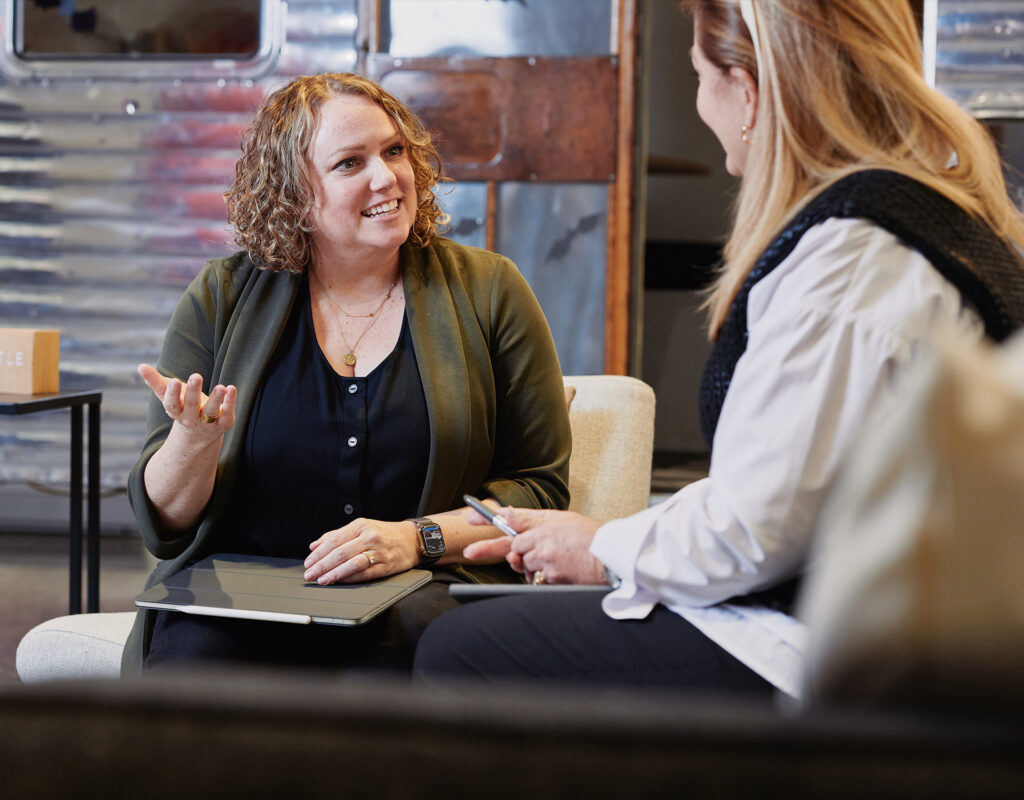There is no doubt that we have all experienced disruption over the past few months. This disruption caused by the pandemic has impacted us in a myriad of ways – both as individuals and as organizations. It has most definitely impacted how students learn and how teachers teach and it will lead to permanent shifts across all industries, including health, automotive, robotics, and others related to workforce training programs. Below are some things to consider as we move forward.

Pfeiffer elected to build their new health science facility in downtown Albemarle, NC closer to the main hospital in Albemarle. They received grants that support small, more rural communities to execute this project, and once complete it will help fill jobs that are needed in this part of the state.
In the past five years, we have seen a tremendous focus on school and college buildings aimed at workforce training and workforce development. These programs are aimed at health, automotive, technology, science, or even robotics. These facilities have been important in helping train folks to fill jobs in those industries that have been historically understaffed. We believe the demand will increase even more in light of the COVID-19 pandemic.

Alamance Community College built a facility that is aimed at helping the manufacturing market in the Greensboro, NC region. The open environment allows for any program to operate within the labs.
While the design for these projects has been initially suited for the programs defined in the immediate future, we strive to create buildings that are adaptable, recognizing the needs of today will likely not be the same as tomorrow’s. This everchanging future impacts the building configuration, service access, and structure, as well as mechanical and electrical systems. One cannot know what the future demands will be, but it is very possible to create smart, adaptable buildings.

NeoCity is a high school that’s training students to be the inventors and innovators that will help us in the future. The school is located within an innovation district just outside of Orlando.
We are also designing these buildings to be high performing, potentially accommodating renewable energy as the codes, regulations, and expectations evolve. In some states, all public buildings are expected to be carbon neutral by 2030. This can be accomplished without too much difficulty if the right decisions are made regarding building orientation, envelope, airtightness, systems decisions, and other factors, reducing the need for extensive renewable resources. After COVID-19, we also expect indoor air quality requirements to potentially change to better address the spread of viruses and other potentially harmful indoor air pollutants. At NeoCity Academy High School, Florida’s first Net Zero Energy School, we designed air exchanges, among other high-performance features, that are well beyond a normal school, creating a healthier indoor environment.

The rural mountains of North Carolina lack professional staff in the healthcare industry. This facility is the home that will help train healthcare professionals to better serve the region.
This pandemic has revealed a lack of manufacturing and production of basic goods in our country and we expect that the demand for more and better manufacturing and training will be critical as we move forward, post COVID-19. We expect to see more institutions needing workforce development and workforce training facilities through either adaptive re-use or new buildings. We also expect to see stronger partnerships between private industry and institutions as demonstrated by the Innovations Center for Virginia Tech’s urban campus next to an Amazon Headquarters, or smaller projects like Haywood Community College’s Health and Human Services building in the mountains of western North Carolina to help better serve that remote rural community.
As we prepare for the changing future, it’s important to remain aware of industry trends and anticipate change. We are seeing an increased need for workforce training facilities and expect this need to only increase further post-COVID-19. Additionally, the increased need for high performing facilities has and only will continue to increase. While hands-on learning required in these facilities may be challenging in the immediate future there are strategies and approaches that can help address these concerns and we anticipate that the demand for these kinds of projects will remain. We must continue to future-proof our designs to best help our client’s future-proof their facilities and programs.

